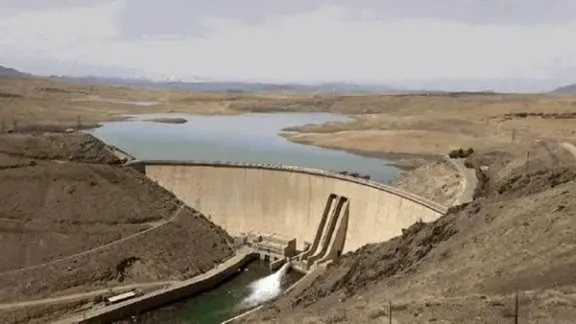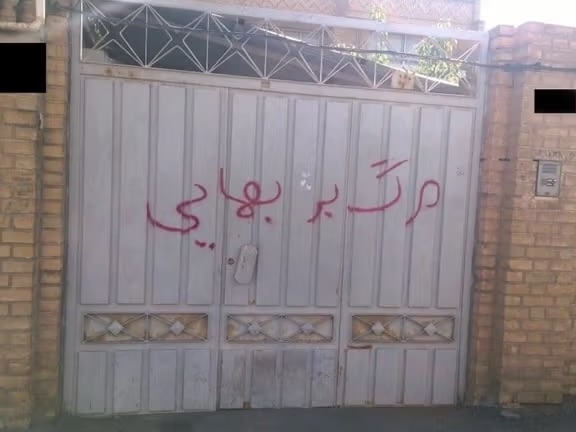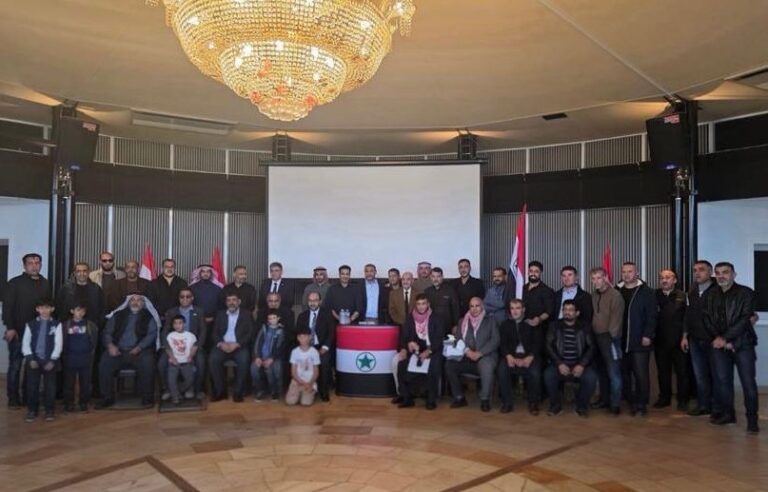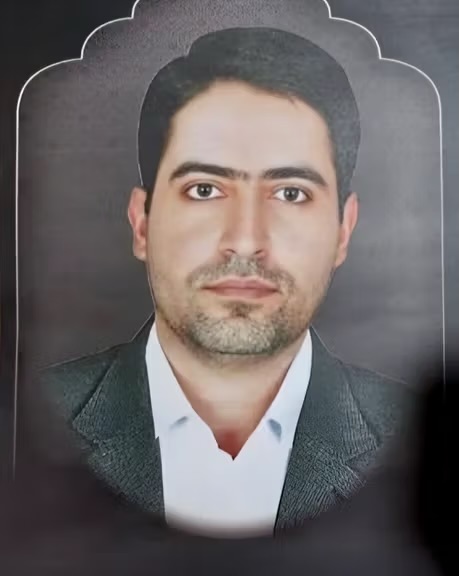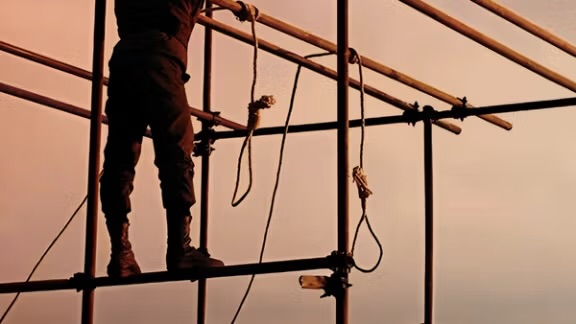
Iran has conducted at least 88 public executions between 2011 and 2023, according to a review by the daily Shargh, which found that the practice has persisted in several major population centers, including Ahvaz, despite declining nationwide in recent years. Legal and psychological experts warn that such scenes have not reduced violent crime and instead risk deepening societal trauma.
Public hangings in Iran often draw large crowds. Shargh described familiar early-morning gatherings in city squares where spectators, including teenagers and children, push for a closer view as cranes and ropes are set up. The newspaper noted that this exposure to state violence can normalize aggression and trigger long-term psychological damage, particularly among younger onlookers.
Although provinces such as Fars, Khorasan, and Kermanshah have recorded the highest number of public executions, smaller yet significant incidents have been documented in Ahvaz, Yasuj, Arak, Marvdasht, and Isfahan. Khuzestan’s capital has seen several such cases, often in areas with large crowds or when specific crimes receive heightened media attention.
Legal expert Abdolsamad Khorramshahi told Shargh that the public display of executions has broad negative consequences. “These punishments are not deterrents. They instead reinforce violent behavior and harm the mental well-being of children and adolescents,” he said.
Khorramshahi emphasized that Iran’s legal framework ordinarily requires executions to occur away from public view. He referenced Article 4 of the Islamic Penal Code, which only permits public execution under exceptional conditions, subject to approval by both the executing prosecutor and the prosecutor general.
While the number of public executions fell to zero in 2021, the practice resumed the following year. In cities such as Ahvaz, where communities already endure social and economic strain, experts caution that renewed public executions risk deepening unrest and alienation.
